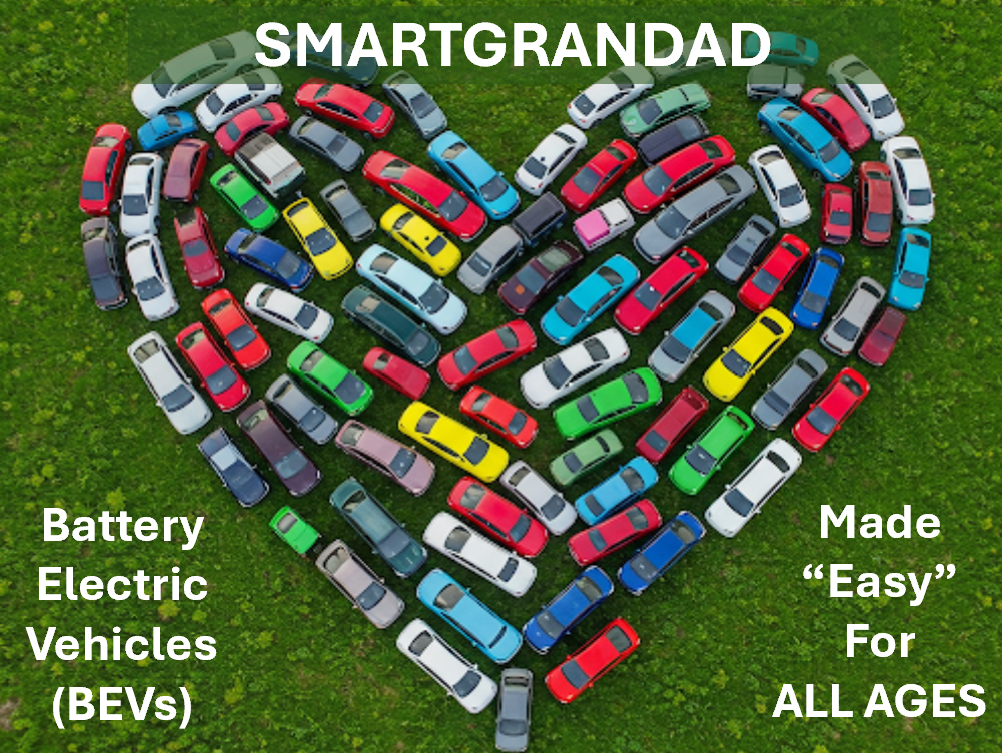POSTS > Views & Opinions
20250325: What are the Alternatives to Tesla Model 3&Y?
Tesla’s once-dominant EV position faces challenges. Increased competition from Hyundai, Kia, Ford, and Chinese brands offers diverse options with competitive features and pricing.
Varying consumer priorities, like build quality and value, favor alternatives. Service and reliability concerns with Tesla further drive this shift.
Now, Elon Musk’s polarizing public presence alienates some buyers, impacting brand perception.
Expanding EV choices and brand-specific concerns lead some to explore beyond Tesla.
So, if you are one of those, in this article we delve deeper into the crucial aspects of range, charging, technology, service, and warranty when comparing Tesla Model Y/3 alternatives.
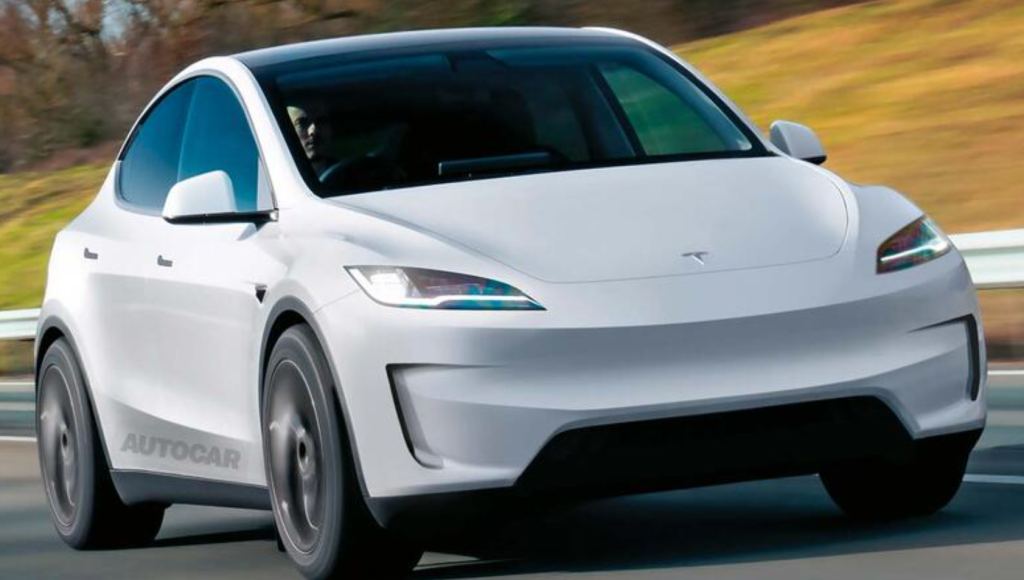
The Tesla Model Y and 3 have undeniably set benchmarks in the electric vehicle (EV) market.
However, a growing number of compelling alternatives are emerging, each with its unique strengths.
To make an informed decision, it’s vital to look beyond the hype and scrutinize the following factors:
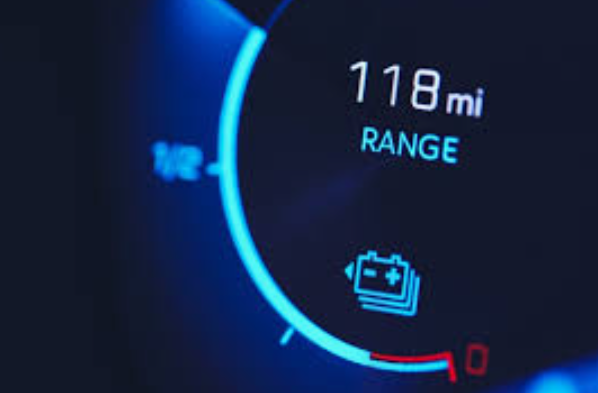
Range: Real-World vs. Manufacturer Claims
The Nuances of Range:
- Manufacturer-stated ranges are often based on ideal conditions. Just like fossil cars, Real-world range can vary significantly due to factors like temperature, driving style, and terrain.
- Pay close attention to EPA (Environmental Protection Agency) ratings, which tend to be more accurate.
- Consider the vehicle’s efficiency, measured in miles per kilowatt-hour (mi/kWh). A higher mi/kWh value translates to greater range.
I
- Alternative Insights:
- Vehicles like the Hyundai Ioniq 5 and Kia EV6, built on the E-GMP platform, often showcase very competitive range figures. It is important to compare these numbers to the Tesla Model Y and 3.
- It is also becoming increasingly important to follow the range of Chinese made EV’s like the BYD vehicles, as they are rapidly gaining ground in the EV market.

Charging: Speed and Infrastructure
Charging Speed Matters:
- Look for vehicles with high DC fast-charging capabilities. This determines how quickly you can replenish the battery on long trips.
- 800V charging architectures, as found in the Hyundai Ioniq 5 and Kia EV6, offer significantly faster charging times compared to 400V systems.
Charging Network Accessibility:
- Tesla’s Supercharger network has historically been a major advantage. However, other automakers are expanding their charging infrastructure.
- Consider the availability of charging stations in your area and along your frequently traveled routes.
On board charging capabilities:
- The max AC charging rate can greatly change how fast a car charges at home, or on public AC chargers.
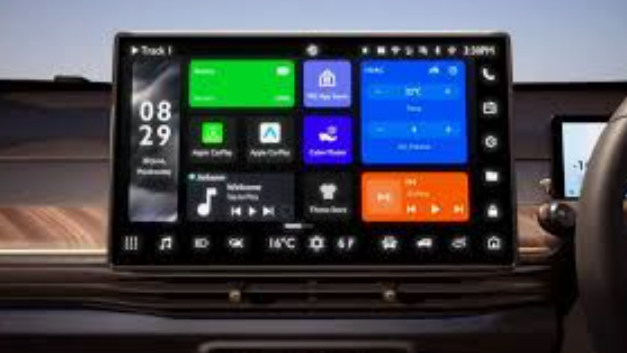
Technology: Infotainment, Driver-Assistance, and the Autonomous Future
Infotainment Systems: The Digital Cockpit
- Beyond basic navigation and media playback, consider the system’s integration with smartphone apps, voice control capabilities, and overall user experience.
- Evaluate the responsiveness and processing power, especially when running complex applications or displaying high-resolution maps.
- Look for intuitive interfaces that minimize driver distraction.
Advanced Driver-Assistance Systems (ADAS): The Path to Automation
- Adaptive Cruise Control (ACC):
- Assess the system’s ability to maintain a safe following distance in various traffic conditions, including stop-and-go traffic.
- Consider the smoothness of acceleration and braking.
- Lane-Keeping Assist (LKA) and Lane Centering:
- Evaluate the system’s ability to keep the vehicle centered in its lane on both highways and city streets.
- Consider the system’s performance in challenging conditions, such as curves and construction zones.
- Automatic Emergency Braking (AEB):
- Assess the system’s ability to detect pedestrians, cyclists, and other vehicles.
- Consider the system’s reaction time and braking force.
- Blind-Spot Monitoring and Rear Cross-Traffic Alert:
- These are very important safety features, that should be considered.
- Self-Parking Capabilities:
- Evaluate the system’s ability to handle parallel and perpendicular parking maneuvers.
- Consider the system’s speed and accuracy.
- The Self-Driving Frontier:
- This is where the differences between manufacturers become very apparent.
- Level of Automation: Understand the difference between Level 2 (partial automation) and higher levels of automation. Most currently available systems are Level 2.
- Sensor Suite: Evaluate the vehicle’s sensor suite, including cameras, radar, and lidar. Lidar is becoming more common, and greatly improves the accuracy of self driving systems.
- Software and Algorithms: The effectiveness of self-driving features depends heavily on the underlying software and algorithms.
- Over-the-Air (OTA) Updates: OTA updates are crucial for improving self-driving capabilities over time. Look for manufacturers with a proven track record of delivering meaningful updates.
- Geofencing and Mapping: Some advanced features may be limited to specific geographic areas or require high-definition maps.
- Regulatory Landscape: Be aware that the regulatory landscape for self-driving technology is constantly evolving.
Heads up Displays (HUD):
- These displays are becoming more common, and can greatly improve driver awareness.
Camera Systems:
- The quality and amount of cameras, greatly change the ability of the car to see its surroundings.
Future Proofing:
- It is very important to consider how well the cars hardware, and software will handle future updates.
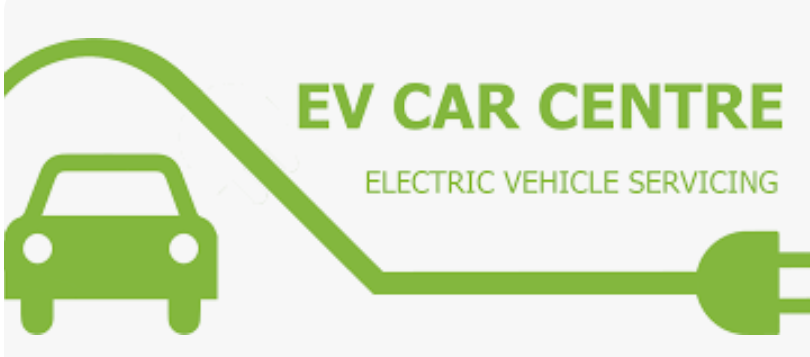
Service Centers and Warranty:
Service Center Accessibility:
- Consider the availability of service centers in your area. Tesla’s service network, while expanding, may not be as extensive as that of traditional automakers.
- The ease of access to service, and the quality of service, can greatly change the ownership experience of a vehicle.
Warranty Coverage:
- Compare the length and coverage of warranties, including battery warranties.
- Pay attention to any limitations or exclusions.
Evaluating the Alternatives
When evaluating these alternatives, it’s crucial to consider individual priorities, such as range, charging needs, technology preferences, and budget.
Chinese brands are rapidly becoming significant players in the EV market and generally lead in terms of Price, Quality and Reliability. Depending on the country that you live in you will have a greater or lesser range of EV manufacturers models available.
The Alternatives:
Up until 2025 Tesla and in particular the Model 3 & Y have held the leading position in the EV market, but now it faces increasing competition.
Here’s a breakdown of key competitors, highlighting their pros and cons relative to the Model Y. (use SmartGrandads Model Filter) where you can see all current models (availability varies by country).
When evaluating these alternatives, it’s crucial to consider individual priorities, such as range, charging needs, technology preferences, and budget.
Hyundai Ioniq 5: (Click Here for Model Details)
- Pros:
- Ultra-fast charging capabilities (800V architecture).
- Distinctive and spacious interior.
- Comfortable ride.
- Often competitive pricing.
- Cons:
- Real-world range can vary.
- Some find the styling to be too “retro”.
- Acceleration is not always on par with the performance model Y.
Kia EV6: (Click Here for Model Details)
- Pros:
- Sporty driving dynamics.
- Stylish and modern design.
- Fast charging (800V architecture).
- Good value.
- Cons:
- Cargo space may be less than the Model Y.
- Range can be less than some competitors.
- Charging speeds can vary depending on conditions
Volkswagen ID.4 (Skoda Enyaq, Cupra Tavascan, Audi Q4): (Click Here for Model Details)
- Pros:
- Practical and comfortable.
- Well-rounded and user-friendly.
- Good value for the price.
- Cons:
- Software issues have been reported.
- Acceleration is not as quick as the Model Y.
- Charging speeds are not as fast as some competitors.
Ford Mustang Mach-E:(Click Here for Model Details)
- Pros:
- Performance-oriented driving experience.
- Recognizable brand and styling.
- Improved software updates.
- Cons:
- Infotainment system can be divisive.
- Some interior materials may not match Tesla’s perceived tech feel.
- Charging network access is less streamlined than Tesla’s.
Tesla Model Y:(Click Here for Model Details)
- Pros
- Supercharger Network: Tesla’s extensive and reliable Supercharger network remains a significant advantage.
- Software Integration: Tesla’s seamless software integration and over-the-air updates are often praised.
- Performance: The Model Y Performance variant offers impressive acceleration.
- Cons:
- Build Quality: Some critics point to inconsistencies in build quality.
- Service: Service center availability and experiences can vary.
- Ride Comfort: the Model Y can have a stiff ride.
- Interior design can be seen as too minimalist by some.
Xpeng G6 Pros:(Click Here for Model Details)
- Advanced Technology:
- Advanced driver-assistance
- 800V charging architecture, enabling very fast charging speeds.
- wireless Apple car play and Android Auto
- Comfort and Ride Quality:
- more comfortable ride c
- Interior is seen as more refined by many.
- Value for Money:
- lower cost than the Tesla Model Y.
- Range:
- greater range than Tesla model Y.
Xpeng G6 Cons:
- Brand Recognition and Service Network:
- Xpeng is a relatively new brand in many markets.
- Driving Dynamics:
- While comfortable, the Xpeng G6 may not offer the same level of sporty handling and acceleration as the Tesla Model Y.
- Software Ecosystem:
- Xpeng’s software lacks maturity
BYD Atto 3 (Click Here for Model Details)
Pros:
Affordability: Lower starting price compared to the Tesla Model Y.
V2L Capability: Can act as a mobile power bank for camping or emergencies.
Interior Design: Unique and modern design.
360-Degree Camera: Offers better visibility for parking and maneuvering
BYD Atto 3 Cons:
Range: Slightly shorter driving range compared to the Tesla Model Y.
Charging Speed: Slower charging times.
Performance: Less powerful motor and slower acceleration.
Volvo C40 Recharge (Click Here for Model Details)
- Pros:
- Luxurious interior,
- more spacious rear seats,
- competitive range,
- strong safety scores.
- Cons:
- Higher price point,
- less cargo space than Model Y,
- less powerful performance,
- less extensive charging network.
Renault Megane E-Tech (Click Here for Model Details)
- Pros:
- Styling and Design: Often praised for its stylish and distinctive design, offering a more traditional European aesthetic.
- Driving Experience: Generally noted for a comfortable and agile driving experience, particularly in urban environments.
- Interior Quality: Many reviews highlight the quality of the interior materials and the overall fit and finish.
- Price: In some markets the Renault Megane E-Tech can be a more affordable option.
- Cons:
- Space and Practicality: Compared to the Model Y, it generally offers less cargo and passenger space.
- Charging Infrastructure: Tesla’s Supercharger network provides a significant advantage in terms of charging convenience, which the Renault may not be able to match.
- Technology: While the Megane E-Tech has good technology, Tesla’s technology often is considered to be more advanced.
- Range: In some comparisons the Tesla model Y has a greater range.
Polestar 2: (Click Here for Model Details)
Pros:
- Build Quality and Interior: Often praised for its high-quality materials and solid build, providing a more “traditional” premium feel.
- Android Automotive OS: The integrated Google-powered infotainment system is generally well-received for its user-friendliness.
- Design: Distinctive Scandinavian design with a slightly higher ride height, appealing to those who prefer a more rugged look.
- Driving Experience: Many reviewers find the Polestar 2 offers a more refined and comfortable driving experience, particularly in terms of suspension.
- Practicality: The hatchback design offers increased cargo versatility compared to the Model 3’s sedan trunk.
Cons:
- Efficiency: Can sometimes be less efficient than the Tesla Model 3, resulting in slightly lower real-world range.
- Charging Network: Lacks Tesla’s extensive Supercharger network, which can be a significant advantage for long-distance travel.
- Technology: While the Android Automotive OS is good, Tesla’s software and overall tech ecosystem are often considered more advanced.
- Performance: In certain trim levels, the Tesla Model 3 can outperform the Polestar 2 in acceleration.
Kia EV3: (Click Here for Model Details)
Pros:
- Design and Interior:
- Often praised for its modern and distinctive design.
- Generally considered to have a well-designed interior with good material quality.
- Often has better comfort for passengers.
- Has more traditional car controls, that some people prefer.
- Value:
- Potentially more affordable than the Tesla Model Y, targeting a more budget-conscious market.
- Technology:
- Features modern infotainment systems with available Apple CarPlay and Android Auto integration.
- Comfort:
- Generally considered to have a more comfortable ride.
- Design and Interior:
Cons:
- Charging Infrastructure:
- Tesla’s Supercharger network currently provides a significant advantage in charging convenience.
- Performance:
- Generally, the Tesla Model Y offers superior performance, particularly in acceleration.
- Software:
- Tesla’s software and over-the-air updates are often considered more advanced.
- Availability:
- The Kia EV3 is a new vehicle, so availability might be limited initially.
- Charging speed, is not as fast as some other Kia EV models.
- Charging Infrastructure:
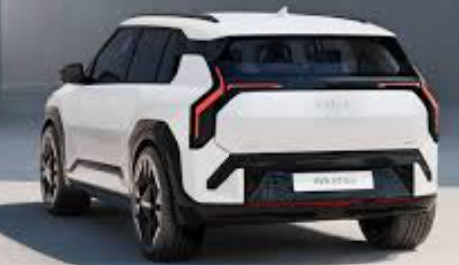
To Summarise
The electric vehicle landscape is undergoing rapid transformation, marked by increasing competition, technological advancements, and evolving consumer demands.
We’re witnessing a surge in new EV models, each catering to diverse needs and budgets, and a significant push to expand charging infrastructure.
Battery technology is also advancing, leading to longer ranges and faster charging times. Ultimately, the “right” EV is a deeply personal choice. Factors such as daily commute distance, access to charging, budget, and desired features all play crucial roles. For urban dwellers with short commutes, a compact and affordable EV might suffice.
Those who frequently embark on long journeys may prioritize models with extensive range and fast charging speeds.
Individuals placing a high value on technological innovation might lean towards brands known for their cutting-edge software and connectivity.
For the very latest news, in depth reviews, and up to date information regarding the ever changing world of EVs, please visit www.smartgrandad.com.
